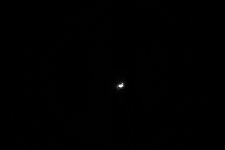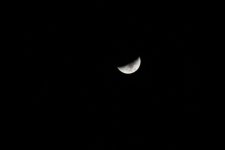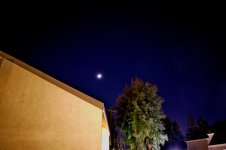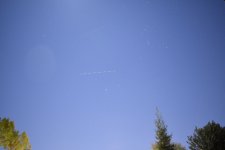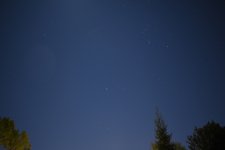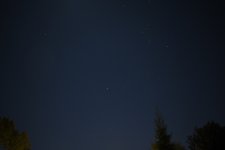Hi Cindy,
I saw and read your "Hark 2020" post. Thought my newbie's question is somewhat irrelevant to your post there, so here I go: Do you regularly take shot in "Manual" mode or "auto-focus" mode? If "M" mode, how do you decide setting on exposure (i.e., speed, aperture, iso) for each occasion? Take example of the one in your "Hark 2020" post. Thank you for helping me learn.
This must be the image to which you referred. My first true learning experience with photography was by using a Minolta 35mm film camera that focused manually. It only offered two modes: Aperture Priority and Manual Mode. For anyone who really wants to understand photography, weaning off of the Auto or Program Modes won't be easy initially but very rewarding in the end.
As in my old 35mm film days, I still only use either Aperture Priority or Manual Modes. The one difference now is when I shoot in Manual Mode, I use Auto-ISO much more than shooting in full manual.
The information you are seeking is called the
Exposure Triangle. And that is finding a 3-way balance between the aperture setting, the shutter speed, and the ISO to yield a properly exposed photo.
By the way, the only time I focus manually is for one of these reasons: when I shoot macro, or if I am in a low-light situation where the AF has trouble achieving focus, or any time I need to override the AF and specifically hone my focus point (which is seldom). For all else I use AF.
If I am shooting a moving subject and need to be sure of my speed, I shoot in Manual Mode with Auto-ISO. That would be for birds, boats on the water, and anything else that moves. For birds, I know I need a minimum shutter speed of 1/1000" or 1/1250" up to 1/2000" to freeze movement when they are flying. The closer they are to you, a faster shutter speed will be necessary.
For boats, I usually stick with 1/1000" or 1/1250". And that's because the boats are further away so their movement across my viewfinder is slower compared to a bird flying by that might be closer.
BUT...there are times when I want to capture a boat going down the river and have the background appear with sideways streaks. That involves a technique called
Panning which uses a slower shutter speed and moving the body/camera sideways while keeping the subject in the center of the frame. For panning, I try to stay between 1/15" and 1/60".
So these last three images were shot in Manual Mode with Auto-ISO.
When I shoot in Aperture Priority (meaning speed isn't a concern), I tend to set my ISO at 640 for daytime shots (no Auto-ISO for me in Aperture Priority although it's definitely an option for those who want to use it). Then I keep watch of my shutter speed and determine if my ISO needs to be bumped up or down. My main goal when shooting in Aperture Priority is to decide whether I want a shallow depth of field (aka
Selective Focus is the name of this term) as in my first image of the leaves with the bench or if I want everything in the image to be in focus.
For Selective Focus, the aperture varies depending upon the focal length of the lens used.
Longer lens have a shallower DoF (depth of field) than wide angle lenses. So I know I can get away with using an aperture of f/6.3 or even f/7.1 (like I used in the leaf image) when I am using a longer lens and the background is further away. When the background is closer but I want to blur it, then I need to shoot at f/4 or wider open such as f/2.8 or f/1.8 depending on the lens I'm using.
Apertures that are wide open or close to it offer a shallower depth of field - but how far away the background is from your subject plays a role, too. Apertures such as f/16 or even f/22 or f/32 will allow a much greater DoF. But when you shoot stopped way down at smaller apertures, the quality of sharpness tends goes down. Lenses tend to be sharpest around f/5.6 to f/8. But that is a generalization.
There's a lot to learn. You might want to look into books by
Bryan Peterson. He has some excellent books that explain the differences between wide angle lenses vs. telephoto lenses as well as books on exposure. But getting out of the Auto or Program modes will help you take control of your images and help move you out of the beginner stage to an intermediate level.

Lesson over for now.

Gotta run.
Would you mind let me know which sub-forum and thread you posted your moon image with ADL on? I like to check it out. Tks

